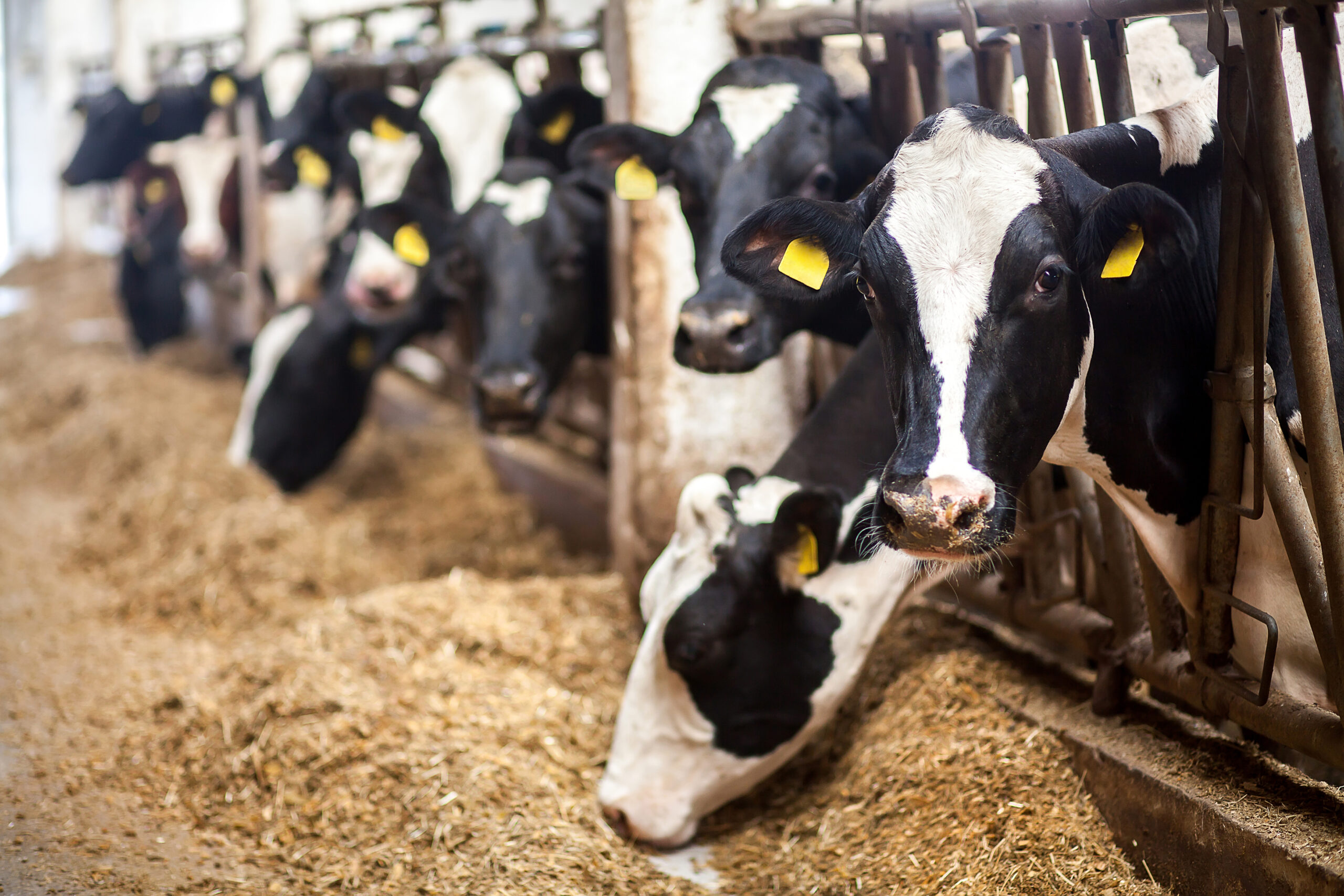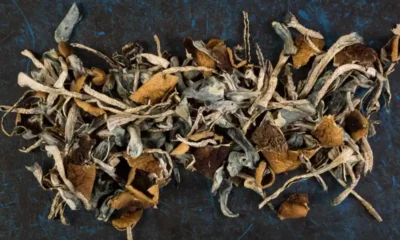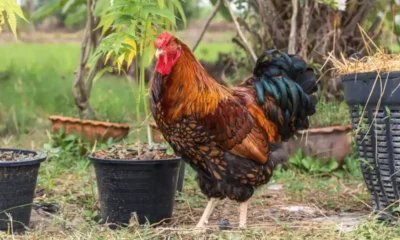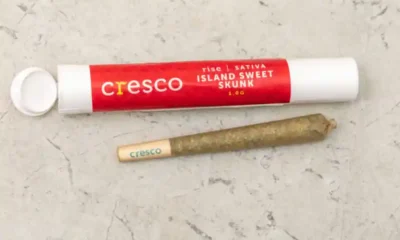Connect with us
Published
2 months agoon

There are already plenty of humans who are actively using CBD, hemp and hemp extracts, but isn’t it time that other species get in on the action? Oregon State University (OSU) researchers sure think so.
As we continue to explore the potential that hemp and its various compounds have to offer us as humans, it appears that the plant could be used as feed for livestock like cows with the potential to transform the livestock and dairy industries.
OSU researchers are studying the effects of feeding spent hemp biomass (SHB), or the leftovers after cannabinoid extraction, to cows and finding that it may be a suitable, cost-effective and sustainable option. Though, as we’re still in the early stages of cannabis and hemp reform, the full conversation is a bit more complex.
Hemp as a Feed Alternative for Cows
OSU’s Professor Massimo Bionaz first took notice of the potential hemp could offer as an alternative feed after receiving a nutritional analysis of the crop from the then National Cattlemen’s Beef Association’s president. As Bionaz pressed forward in his research, he received support from the Oregon Beef Council, the Oregon Dairy Farmers and two state senators, The Daily Barometer reports.
Ultimately, Bionaz and a team of researchers pressed forward to publish the study, “Feeding spent hemp biomass to lactating dairy cows: Effects on performance, milk components and quality, blood parameters, and nitrogen metabolism,” in the Journal of Dairy Science.
The goal of the study was to assess the safety of SHB as feed for dairy cows. Researchers fed late-lactation Jersey cows a basal total mixed ration (TMR) diet with either 13% alfalfa pellet (the typical feed option for cows) or 13% pelleted SHB, followed by a four-week withdrawal period where all cows received only the basal TMR diet.
During this time, researchers measured the dry matter intake, body weight, body condition score, milk yield, milk components, fatty acid profile blood parameters, metabolism, methane emission and activity of cows.
While the SHB revealed low palatability for dairy cows, researchers found that the alternative feed resulted in similar milk production and did not affect cow activity. Those fed SHB also had a higher milk yield than cows fed the alfalfa mix during the withdrawal period.
“Overall and in line with our initial hypothesis, feeding SHB with a relatively high level of cannabinoids decreases feed intake but does not affect lactation performance or the health of the animals, providing the first evidence that SHB might be feasible for inclusion in the diet of lactating dairy cows,” the study concluded.
Researchers noted that the low palatability of SHB could be a challenge—though mixing it with traditional food helps. Authors also state that SHB could affect the metabolic status and compromise liver clearance capacity of dairy cows, though it did not affect their immune system or other health-related parameters in the study, except for a possibility of low-grade inflammation.
According to doctoral student and fellow study author Agung Irawan, SHB has a solid nutrition profile for cows because of its high protein content and abundant fatty acids, like Omega 3 and Omega 6.
Current Policy Barriers and Next Steps
Regardless of these findings, the research is unlikely to create substantial shifts any time soon.
Current U.S. Food and Drug Administration regulations don’t allow traces of cannabinoids in foods consumed by humans—effectively creating a barrier for SHB as a dairy cow feed, since their milk could inadvertently contain cannabinoids.
“Spent hemp biomass would be very difficult to be approved for producing animals like lactating cows, finisher steers or anything that is close to producing food for humans,” Bionaz said. While he noted that it may be more likely for regulators to approve feeding hemp to non-producing animals, or other potential workarounds, Irawan added that, for now, there is “no way” to introduce SHB into livestock feed.
However, that’s not to say that it will be this way forever.
“Based on the things I can see right now, and for the future, I believe that there will be technologies that are able to eliminate the cannabinoids and psychoactive compounds from the biomass so it would be safe as a feed,” Irawan said.
It’s a potential game changer for farmers to cut costs, sure, but it could also be a more accessible and sustainable option should future policy and technology allow for it.
“Hemp can be grown everywhere,” Irawan said. “It is a very unique plant. It can be grown under very minimal water. It is very easy to maintain [and] it is very easy to grow.”
The topic recently came up in New York, when two measures allowing for hemp seeds to be part of animal feed hit the state Assembly and Senate in 2023. However, Gov. Kathy Hochul quickly vetoed the bills citing the lack of information about using industrial hemp in animal feed — despite the fact that the bills would not have allowed the same protocols to extend to commercial livestock involved in human food consumption.


Study Reveals State Cannabis Legalization Lowers Immigrant Deportation


DEA Challenges Bid To Use Psilocybin Under ‘Right To Try’ Legislation


Vegans Rejoice as Farmers Switch from Chickens to Hemp


Louisiana Legislative Committee Unanimously Passes Adult-Use Cannabis Framework Bill


Louisiana House Bill to Regulate Hemp Products Advances Along With Senate Bill to Ban


Cresco Labs Workers Reportedly De-Unionize
